Practice how to find the prime factorization of a number with this match-up activity.
What is Prime Factorization?
Your students may have an understanding of prime and composite numbers. They may also understand how to find the factors of a given number. But what does it mean to find the prime factorization of a number? The prime factorization of a number is the number broken down to the product of its prime factors.
One way to determine the prime factorization of a number is to use a factor tree. This displays the factors of a number in a logical sequence that makes it easy for students to determine the prime factors of a given number. Another way is to use a ladder diagram. This method places the prime factors on the left side rather than the bottom of the model.
Regardless of the method your students use, once the prime factors are found, the prime factorization is written out as a multiplication expression. If there are multiple factors that are similar, these can be written with exponents.
Teach Starter has created a match-up activity for your students to complete to practice writing prime factorizations. To complete this activity, students must solve for the prime factorization of the numbers on cards 1 through 18. Then, look for the matching card numbered 19 through 36. Matches can be recorded on the provided student sheet.
Tips for Differentiation + Scaffolding
A team of dedicated, experienced educators created this resource to support your math lessons.
In addition to individual student work time, use this match-up activity to enhance learning through guided math groups or whole class lessons.
If you have a mixture of above and below-level learners, check out these suggestions for keeping students on track with the concepts:
🆘 Support Struggling Students
Help students who need help understanding the concepts by providing a calculator and a multiplication chart. Students can work one-on-one or in a small group. Consider providing completed examples and notes as well.
➕ Challenge Fast Finishers
For students needing a challenge, ask for prime factorizations of their birthday as a number. For example, the date of July 28 would be 728 or 287. The year can be included as well, especially for shorter birthdays, such as March 5. Also, provide challenging questions to solve, such as what number under 500 has the longest or shortest prime factorization.
🏃 Relay Race
Divide students into two team lines and show a prime factorization flashcard to the students at the front of each line. The student that produces a correct answer first wins the flashcard. The team with the most flashcards at the end of the game wins!
🔔 Bell Ringer Activity
Project an answer card for your students to see as soon as they enter the classroom. On a piece of paper or in their notebooks, have students write the prime factorization of this number. Collect the papers or discuss the answers as a group.
Easily Prepare This Resource for Your Students
Use the dropdown icon on the Download button to choose between the color PDF, black and white PDF, or editable Google Slides version of this resource. A recording sheet and answer key are also included with this download.
Print on cardstock for added durability and longevity. Place all pieces in a folder or large envelope for easy access.
Sustainability Tip: Print a few recording sheets on cardstock and slip them into dry-erase sleeves. Students can record their answers with a whiteboard marker, then erase and reuse them.
This resource was created by Lorin Davies, a teacher in Texas and Teach Starter Collaborator.


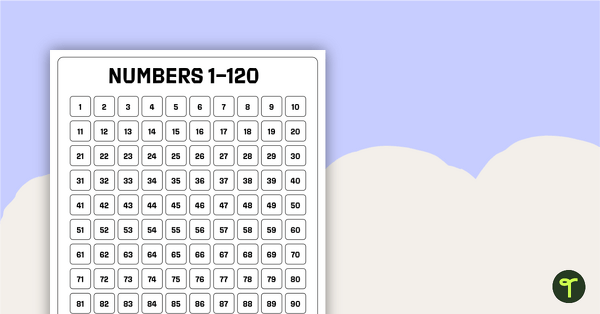

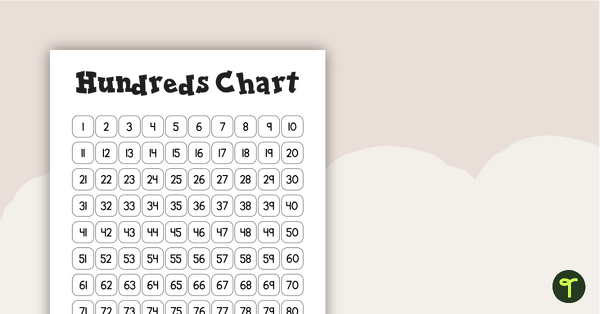
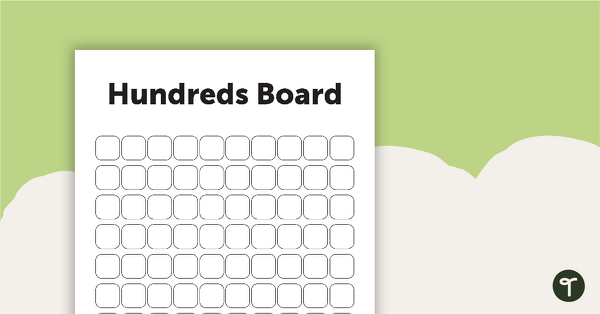
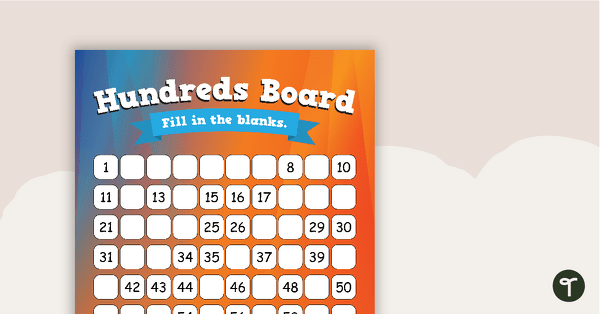
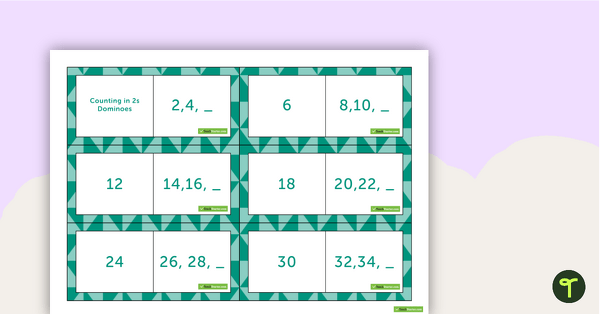
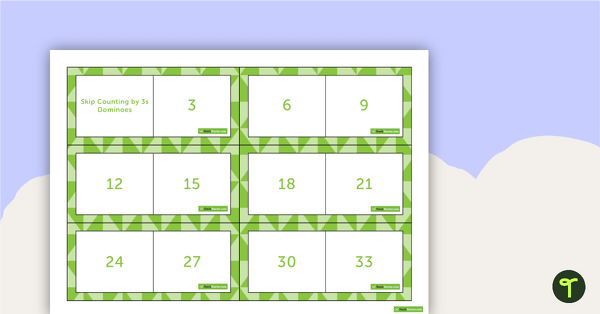
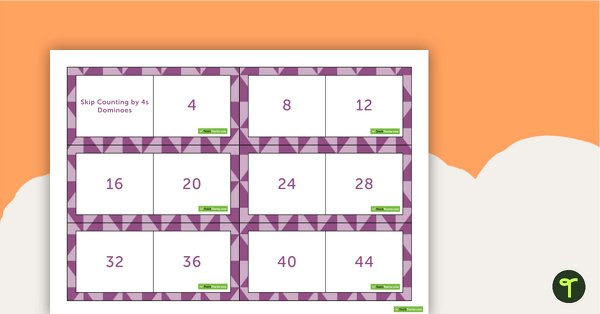
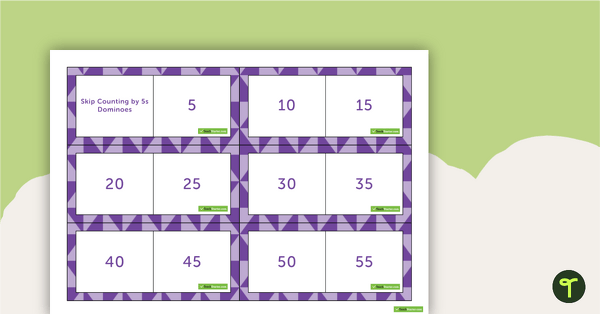
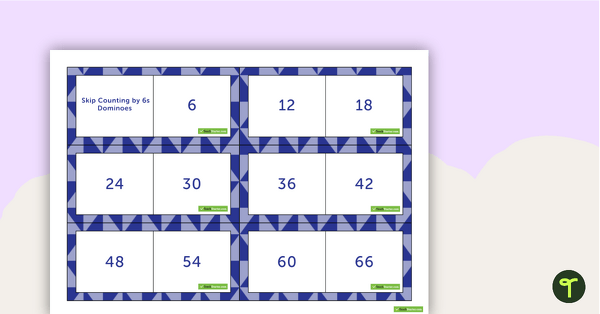
0 Comments
Write a review to help other teachers and parents like yourself. If you'd like to request a change to this resource, or report an error, select the corresponding tab above.